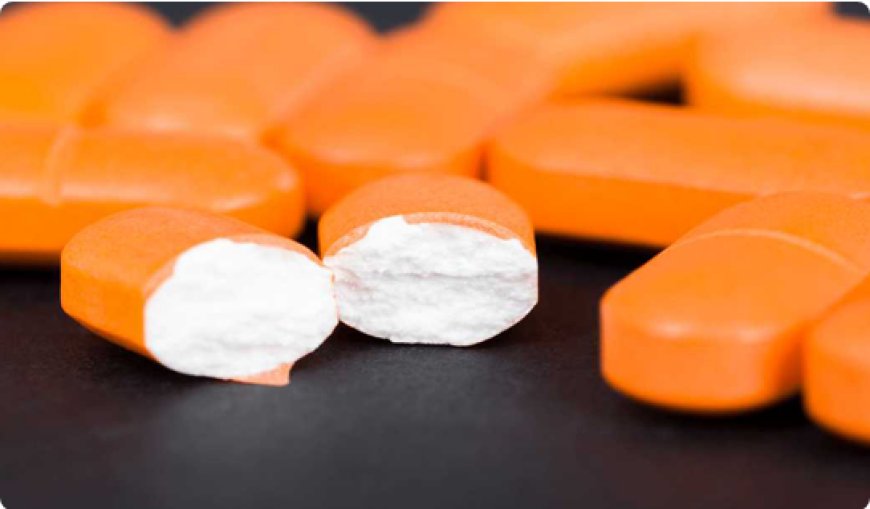Film Coated Tablets: An Overview
Film coated tablets represent a significant advancement in pharmaceutical technology, offering numerous benefits over traditional tablet forms.

Introduction
Film coated tablets represent a significant advancement in pharmaceutical technology, offering numerous benefits over traditional tablet forms. These tablets are enveloped in a thin polymer-based layer that serves various purposes, including improving stability, masking taste, and enhancing the aesthetic appeal of the medication. This article delves into the composition, benefits, manufacturing process, and considerations associated with film coated tablets.
Composition and Properties
The film coating of a tablet typically comprises several components:
- Polymers: These form the backbone of the coating, providing structural integrity. Commonly used polymers include hydroxypropyl methylcellulose (HPMC), ethyl cellulose, and methacrylic acid copolymers.
- Plasticizers: These are added to improve the flexibility and durability of the coating. Examples include polyethylene glycol (PEG) and triethyl citrate.
- Colorants: These agents, such as titanium dioxide and various approved dyes, give the tablet a distinctive appearance, aiding in product identification and patient compliance.
- Opacifiers and Fillers: Ingredients like talc or titanium dioxide may be included to make the coating opaque and improve its texture.
Manufacturing Process
The process of film coating tablets involves several key steps:
- Preparation of the Coating Solution: This involves dissolving or dispersing the coating ingredients in a suitable solvent system, typically water or organic solvents.
- Tablet Core Preparation: The core tablets are manufactured through processes such as granulation, compression, and drying.
- Coating Application: The coating solution is sprayed onto the rotating tablet cores in a coating pan or fluidized bed system. This is done under controlled conditions to ensure uniform coverage.
- Drying: After application, the tablets are dried to remove any residual solvents and to solidify the coating.
Considerations and Challenges
While film coating offers many advantages, several factors need careful consideration:
- Compatibility: The coating materials must be compatible with the API and other excipients to prevent interactions that could affect the drug's stability and efficacy.
- Environmental Impact: The use of organic solvents in some coating processes poses environmental and safety concerns, necessitating the use of appropriate handling and disposal methods.
- Cost: Film coating can increase the overall cost of tablet production due to the additional materials and processing steps involved.
- Quality Control: Ensuring uniformity and consistency in the coating thickness is critical to achieving the desired drug release profile and product performance.
Conclusion
Film coated tablets are a versatile and widely used dosage form in the pharmaceutical industry. Their ability to enhance drug stability, improve patient compliance, and offer customizable release profiles makes them an essential component of modern medicine. As technology advances, the development of more sophisticated coating materials and processes will continue to improve the efficacy and safety of film coated tablets, benefiting both manufacturers and patients alike.
What's Your Reaction?























